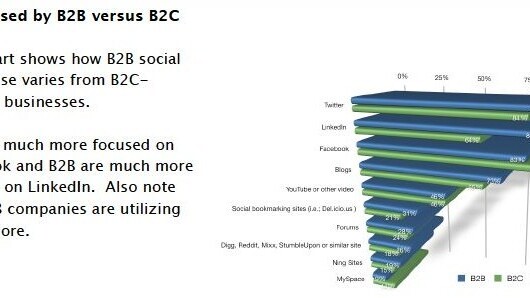
 Echo, the real-time commenting system that focuses on major publishers such as Slate.com, is offering a new way for those content sites to display posts and related comments on a website’s homepage.
Echo, the real-time commenting system that focuses on major publishers such as Slate.com, is offering a new way for those content sites to display posts and related comments on a website’s homepage.
Called Echo River – as in ‘river of news’ – the new service is basically a large widget that sits in the main content section of a site’s homepage or dedicated section (for instance one of TNW’s channels, such as Apps).
The widget then auto-refreshes with new posts and the latest comments, tweets, Diggs, etc as they come in, in real-time. The publisher has fine-grained control over what type of discussion is fed into the widget, just as they do on all of Echo’s products.

For blogs, Echo River can be used in place of the normal stream of posts that blog software such as WordPress creates, but posts show up as soon as they are published, without the user having to refresh the page. Of course, there are existing methods to do the auto-refreshing of posts, but adding in the real-time comments on top is where the Echo River differentiates.
Also on the comment side of things, Echo has taken what will most likely be a useful step for many publishers by bringing in WordPress and Disqus comments into the widget, either of which can be used in place of Echo’s commenting system if the publisher wishes.
With this addition, Echo is now providing three major parts of the front end content management system: comments and web-wide discussion aggregation; a real-time comments widget; and this new widget that combines auto-refreshed posts and real-time comments. Put the three of these together, and Echo now has a package that can work on just about any content page of a website/blog.
One thing that we’d like to see evolve with this system is for Echo to offer more features that push the best/most popular content to the top of the stream, as well as better content discovery tools. When we asked them about this in a conference call, they told us to stay tuned, so hopefully this is something they already have in the pipeline.
Other than that, we have to say that this kind of a river of news may take some publishers a bit of time to come around to, as they have dealt for so long with a more static homepage where a) visitors need to refresh the page to see new content (which also generates an ad impression) and/or b) they use the homepage as a quick directory click off to other pages. All of this is of course how most of the Web still works, with a few (heavily important) social media sites, most notably Facebook.
Of course, Echo is pitching this as River’s value proposition: by giving visitors something fresh and new it will drive both time spent on the homepage (which can be a benefit with certain ad units) as well as more engagement with articles and commenting. In the long run, this is likely a strong strategy for many sites.
That said, it will be interesting to see how fast publishers make this jump, as Echo River really does present a different – yet nonetheless compelling – experience from what many major publishers and their readers are used to.
We’re looking forward to seeing whether Echo will bring a fourth part to the Echo puzzle, and if so, what that will be. What would you like to see next?
Get the TNW newsletter
Get the most important tech news in your inbox each week.





